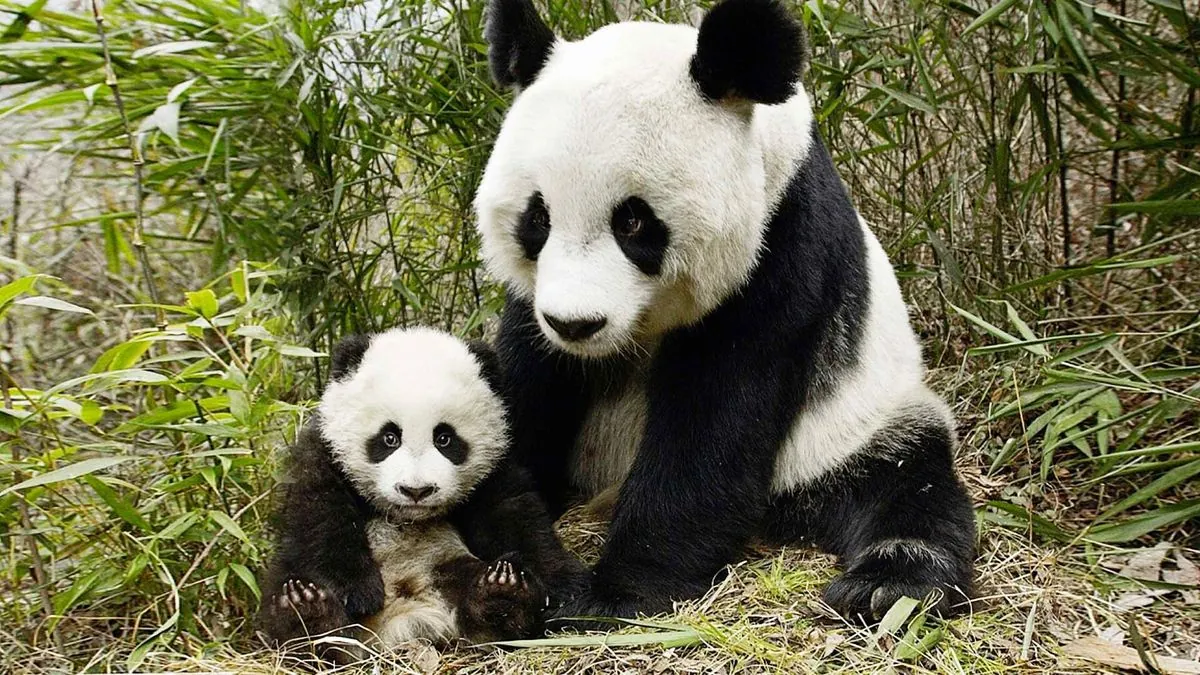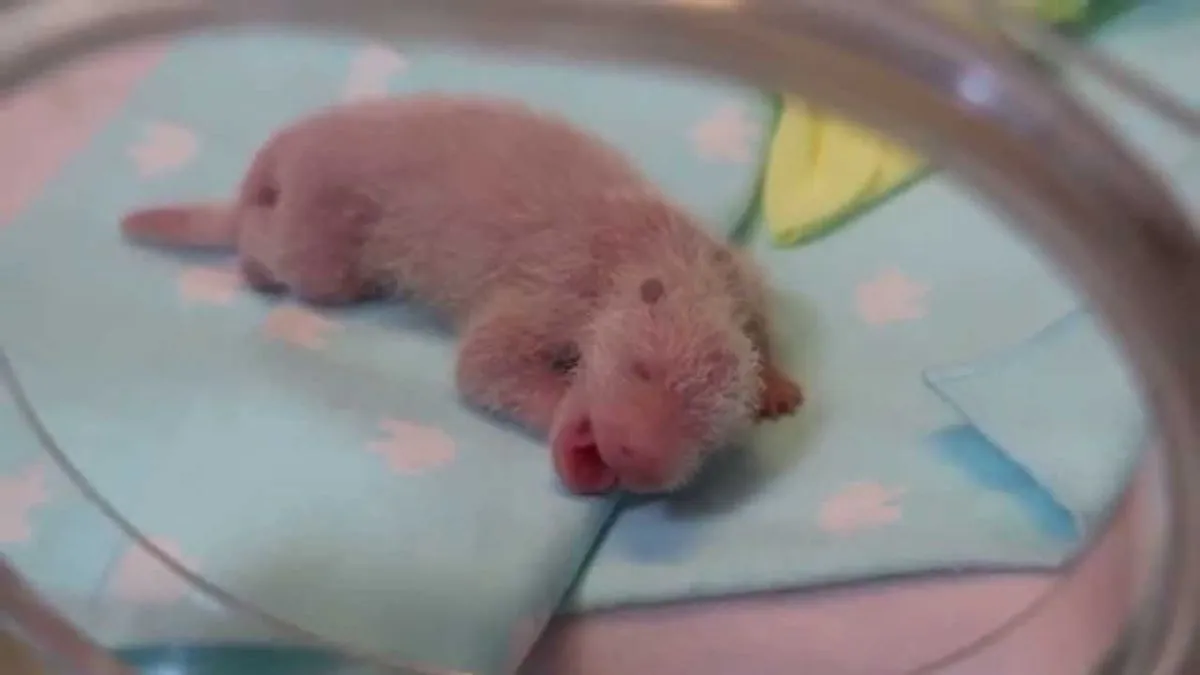Hong Kong Celebrates Birth of First Local Panda Twins
Hong Kong's Ocean Park welcomes twin pandas born to 19-year-old Ying Ying, setting a record for oldest first-time panda mother. The birth marks a milestone in Hong Kong-China relations and panda conservation efforts.

In a remarkable event, Ying Ying, a giant panda at Hong Kong's Ocean Park, has given birth to twins, marking the first locally born pandas in the city. This occurrence, which took place on August 14, 2024, is particularly noteworthy as Ying Ying has become the world's oldest first-time panda mother at nearly 19 years old.
The birth of these cubs is a significant milestone for Hong Kong and highlights the ongoing relationship between the city and mainland China. Ying Ying and her partner Le Le were gifted to Hong Kong in 2007, seven years after the city's return to Chinese rule. This gesture is part of China's long-standing tradition of "Panda Diplomacy," which dates back to the 1950s.
Giant pandas face numerous challenges in reproduction, particularly as they age. Female pandas are fertile for only 24-72 hours per year, making successful breeding attempts rare. Ocean Park's animal care team, along with experts from mainland China, closely monitored Ying Ying's condition. Despite showing symptoms in late July 2024, her pregnancy was only confirmed on August 11, just days before the birth.
The birth process lasted over five hours, resulting in the delivery of a male and a female cub. Currently, both cubs are in a delicate state, with the female cub requiring extra attention due to lower body temperature and reduced food intake. Newborn pandas are typically pink, hairless, and blind, weighing only 90-130 grams at birth.

Paulo Pong, Ocean Park Corp. chairman, expressed gratitude to the local animal care team and mainland Chinese experts for their collaboration. He emphasized the rarity of this birth, given Ying Ying's advanced age for a first-time mother.
Hong Kong's leader, John Lee, acknowledged the central government's support, viewing the panda gift as a symbol of Beijing's care for the city. This gesture comes amid ongoing discussions about Hong Kong's governance under the "one country, two systems" principle.
The arrival of these cubs adds to Hong Kong's panda legacy. The city's first panda pair, An An and Jia Jia, arrived in 1999. Jia Jia set a record as the oldest panda in captivity, living to 38 years old before passing in 2016. In comparison, wild pandas typically live 15-20 years, while those in captivity can reach 30 years.
As of 2023, there are estimated to be around 1,864 pandas in the wild. The species was downgraded from "endangered" to "vulnerable" on the IUCN Red List in 2016, reflecting conservation successes. However, ongoing efforts remain crucial for their survival.
Hong Kong residents and visitors will have to wait a few months before they can see the new cubs, allowing time for their stabilization and growth. Meanwhile, the city anticipates the arrival of a third panda pair later this year, further strengthening its role in panda conservation and China-Hong Kong relations.
"Both cubs are currently very fragile and need time to stabilize, especially the female cub who has a lower body temperature, weaker cries, and lower food intake after birth."
This birth not only marks a joyous occasion for Hong Kong but also contributes to the global efforts in panda conservation and research, showcasing the importance of international cooperation in protecting these beloved creatures.


































